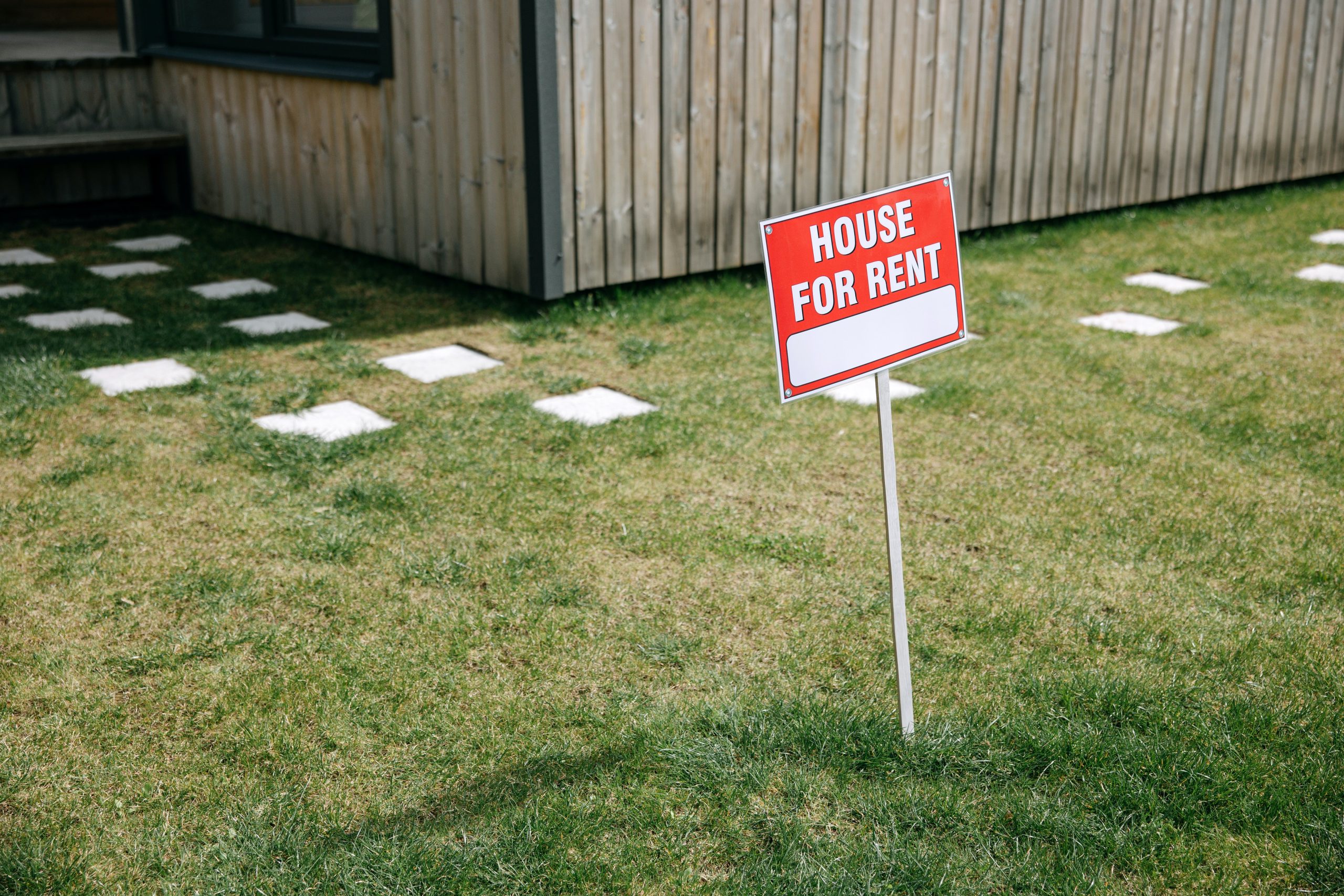
Markets and prices can’t help but be volatile when they depend on so many fluctuating factors, and the rental market is no exception. Trends can be influenced by any combination of price point, location, season, interest rates, and more. But in recent months, rental markets nationwide have experienced a shift toward lower prices and more prolonged vacancies. Here are some insights on what’s going on and how you should respond.
Why did rental prices climb so high?
It’s no secret that the COVID-19 pandemic and its aftermath had a considerable impact on the housing market. In response to extended lockdowns and shifts from in-person to remote employment, homeowners and tenants surged toward larger spaces and vacation homes. In addition, record-low interest rates sent buying activity into a frenzy, causing many homes to disappear from the market before potential buyers could even get a look. With such, soaring demand came increases in property values and higher prices throughout the housing market.
Concerning rental properties, pandemic-driven eviction moratoriums resulted in losses as landlords kept on tenants who failed to pay rent. Once the moratoriums were lifted, the need to recuperate such losses contributed to rising rental prices. In addition, demand for rental units outpaced supply as large segments of the population, including many Millennials and Baby Boomers, prioritized lower-maintenance rental options over home ownership. With limited rental inventory available and high competition among potential homebuyers, property owners faced little risk of losing tenants as rental prices continued to escalate.
What’s changing in the market now?
With all of these factors contributing to an upward trend in rental prices, real estate investors have been enjoying a favorable market for many months. But such growth can’t be sustained indefinitely, and data indicates a coming regression. For example, according to realtor.com, August of 2022 was “the first time we have seen rents decline since last November.”
Several causes are playing a role in these weakening rental prices. Supply is starting to catch up with demand as building projects are completed, giving renters more options. Demand is also declining as Americans settle into their current living situations following pandemic upheavals and inflation concerns. As a fresh wave of economic uncertainty hits and enthusiasm for new housing cools, potential tenants will be less willing to sign multi-year leases at high asking prices.
How should I react?
A slowdown in the rental market was inevitable and is no cause for panic. Even as prices drop in some markets, they are still elevated compared with pre-pandemic numbers. Moreover, rising mortgage rates will make renting an attractive option for the foreseeable future.
To stay on top of these market changes, research prices in your area to keep your rates competitive since different regions are experiencing various levels of impact. Of equal importance, temper your budgets and expectations to coincide with the economy’s transition out of the housing boom, especially as we move into a season that traditionally sees an annual regression. Restrained prices and more extended vacancies don’t indicate disaster, just a market readjusting to a more sustainable balance.
About Rentals America
Rentals America provides full-service property management for residential rental properties. Our team is dedicated to property management, and we’re here to help landlords navigate the rental market.










